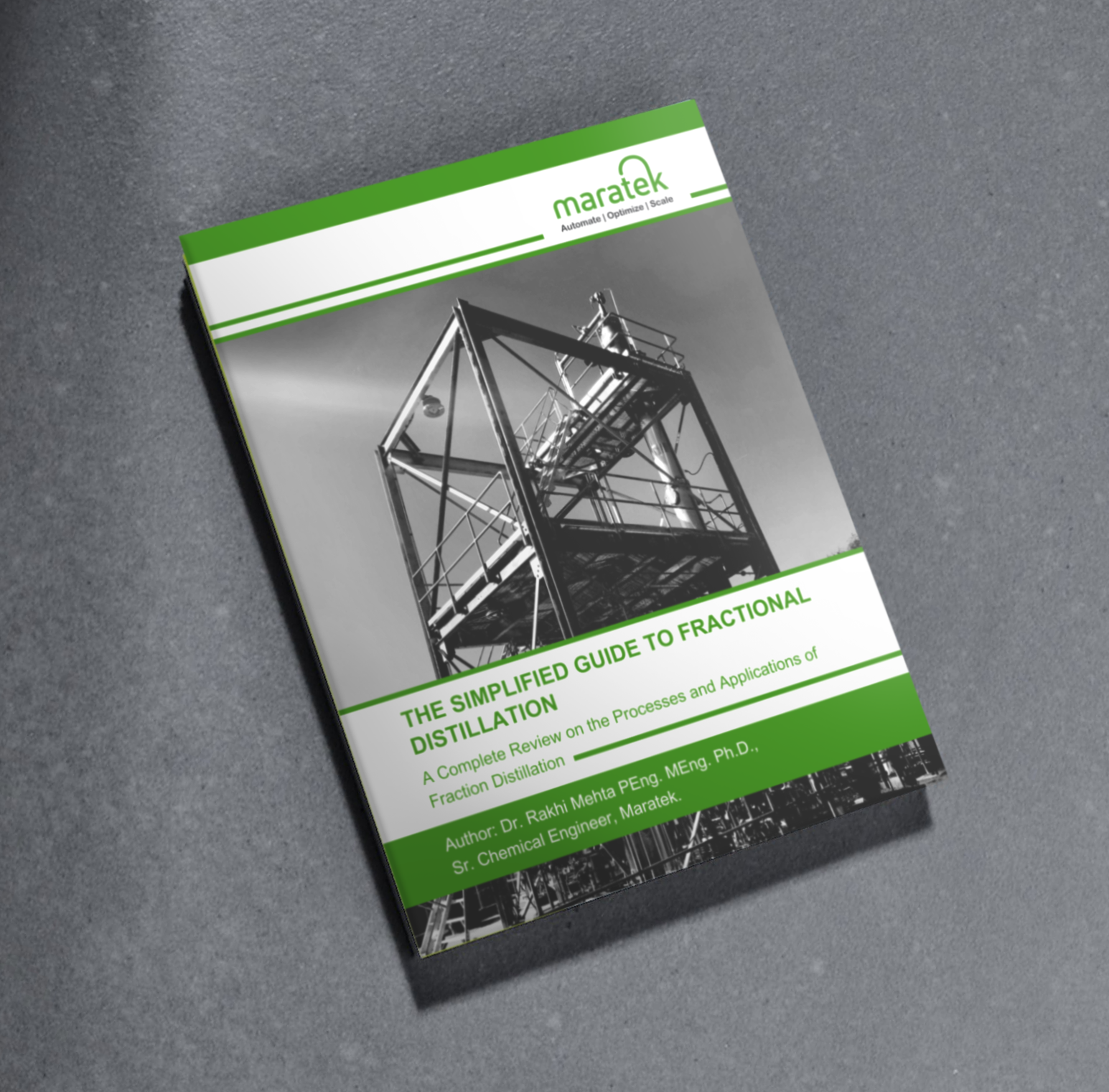Solvent Distillation Safety Part III
Welcome to the final part of a three part series on Solvent Distillation safety, this article will look at heating jacket malfunction, nitrocellulose reactions and solvent properties. Our last safety article looked at solvent foaming and drying phase temperature increases, if you missed it click here: Solvent Distillation Safety Part II.
Heating Jacket Malfunction
Maratek Environmental’s solvent recovery systems usually employ a heating jacket with either heating oil or steam to heat the boiling chamber. The oil or steam is set to a certain temperature depending on the solvent that is being processed. In rare cases, the temperature in the jacket can exceed the set temperature and over heat the solvent. To avoid this issue there is also a temperature probe within the boiling chamber, if the solvent temperature begins to overheat the system will automatically shut down to avoid damaging the solvent or generating any dangerous reactions.
Nitrocellulose Reactions
Nitrocellulose is an ester of cellulose and nitric acid and is sometimes used in inks, coatings and paints. The amount used depends on the individual product but usually ranges between 2%-30%. Nitrocellulose is a solid that becomes unstable at temperatures above 320° F (160°C) and can also react or decompose exothermically, resulting in toxic fumes including oxides of nitrogen and carbon monoxide. Atmospheric oxygen should not be introduced during operation as it may cause the decomposition to combust. If a nitrocellulose reaction occurs, the room should be evacuated and vented until completed.
A variety of safety features can be used to safely manage nitrocellulose wastes. These include vacuum assisted distillation, steep cone shaped walls within the boiling chamber, internal scrapers in the boiling chamber, temperate controls to monitor the internal temperature and automatic cooling systems to rapidly cool the sludge. Further information about nitrocellulose related safety and features can be found in Maratek Environmental’s White Paper titled Distilling Nitrocellulose Waste Solvent Safely.
Solvent Properties
During distillation the solvent waste can be heated to high temperatures, the properties of the solvent and waste must be understood to avoid related safety issues. Most solvents have a flash point and an auto-ignition point. At the flashpoint, a solvent will readily ignite at the presence of a spark or flame. It can be acceptable for a solvent to exceed this temperature within the distillation chamber since all Maratek Environmental solvent recovery systems are Class I Division I certified to prevent sparks. This was explained previously in this document.
At the auto-ignition point a solvent will spontaneously combust in the presence of oxygen and this occurs very rarely. To avoid automatic ignition, the surface temperature within the boiling chamber must be lower than the automatic ignition point. Both the flash point and automatic ignition points should be available on the Material Safety Data Sheet for the solvent and should be reviewed before processing. Please contact Maratek Environmental if you have any questions regarding any safety related issues or concerns and our engineering group would be happy to assist to ensure the recycling of the solvent is done safely.
You'll be in good hands at Maratek - As market leaders in waste recycling for the last 20 years, we take pride in providing our customers throughout North America with reliable, innovative, and cost saving recycling solutions. Contact us today and we'll help you to establish a safe, reliable, and environmentally friendly solution for solvent or wastewater recovery and recycling.





